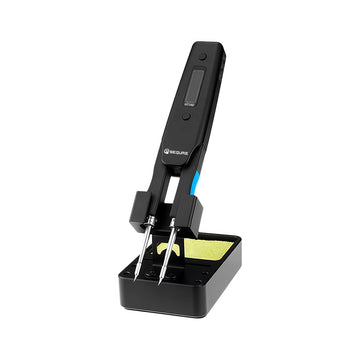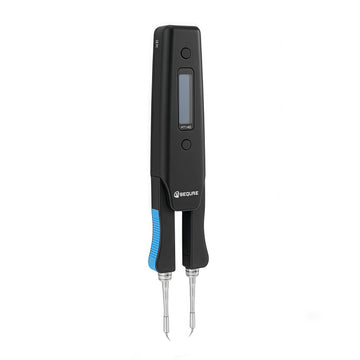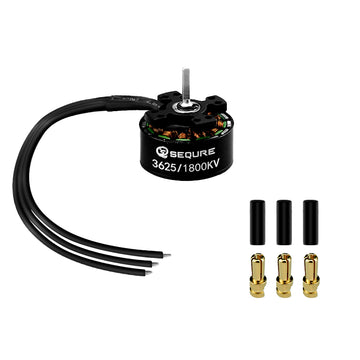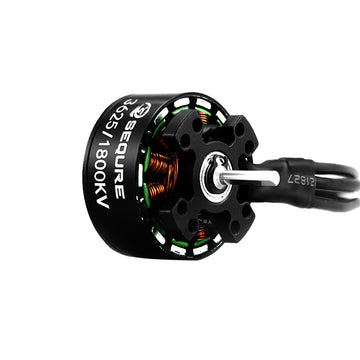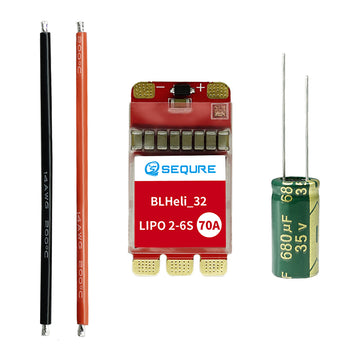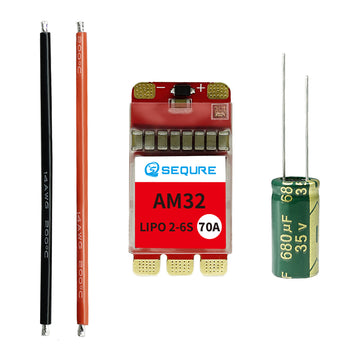What Should I Do If The Soldering Iron Tip Does Not Stick To The Tin?
What should I do if the soldering iron tip does not stick to the tin? Reasons and solutions for the soldering iron tip not sticking to tin!
Do you have the trouble that the soldering iron tip does not stick to the tin?
Electric soldering irons are mainly used for soldering components and wires, and there are different classifications due to their mechanical structure, function, and use.
Electric soldering iron is an indispensable tool for electronic production and electrical maintenance. When the mobile phone repairs and replaces the components on the circuit board, the electric soldering iron tip will not stick to the tin, so what should the electric soldering iron tip do?
What should I do at this time? Please keep watching
The usual treatment method for soldering iron tip not sticking to tin:
The fact that the soldering iron tip does not stick to tin may be due to the long use time, which leads to the oxidation of the surface of the soldering iron copper tip, causing a layer of copper oxide on the surface to prevent soldering.
Treatment method: The usual treatment method is to scrape the copper oxide film with a knife to reveal the copper that has not been oxidized by air inside. Then put it in a rosin box and dip it in tin, and it can be used normally.
But this method of cleaning is slow and incomplete. The disadvantage is that if it is scraped for a long time, the copper head will become thin and affect heat transfer, resulting in a drop in temperature and even damage to the copper head.
Soldering iron tip does not stick to tin
The reason why the soldering iron tip does not stick to tin and the treatment method two:
1. Power on the soldering iron, remember to use the lowest temperature setting, the temperature is 100-200 degrees Celsius, not more than 200 degrees Celsius.
2. Holding the handle of the electric soldering iron, immerse the oxidized soldering iron tip into a container filled with alcohol. Remember to not immerse the heated part when putting the tip of the soldering iron in the alcohol for heating.
Do not wait for the heating to be good when putting it in the alcohol and put it in when it is cold, turn on the power of the soldering station. Take it out after 2 minutes, the oxide is completely removed, and the copper head has a new look. This is because after the copper oxide and alcohol are heated, a chemical reaction occurs, which reduces the copper, which has no corrosive effect on the soldering iron tip.
If the removal is incomplete, you can use a small knife to assist with light scraping. It is best to dip in rosin.
Soldering iron tip does not stick to tin
In the lead-free soldering process, the soldering iron tip sometimes does not stick to the tin; in this case, in addition to the quality of the soldering iron tip itself, we can also find the reasons from nine other aspects:
Nine reasons why the electric chrome head does not stick to tin:
1. If the temperature is too high, it is easy to cause severe oxidation on the soldering surface of the soldering iron tip.
2. The dipping noodles are not tinned before use.
3. Use incorrect or defective cleaning methods.
4. Use impure solder or the flux in the solder wire is interrupted.
5. When the working temperature exceeds 350℃ and the soldering is stopped for more than 1 hour, the amount of tin on the lead-free soldering iron tip is too small.
6. Dry-burning electric soldering iron tip, such as: the soldering station is open and not in use, and there is no tin on the surface of the soldering iron tip, which will cause rapid oxidation of the soldering iron tip.
7. The flux used is highly corrosive, causing rapid oxidation of the soldering iron tip.
8. Use neutral active flux, and do not often clean the oxide on the soldering iron tip.
9. Contact with organic matter such as plastics, lubricants or other compounds. Usual approach:
Use a knife to scrape off the oxide layer of the soldering iron tip, exposing the copper that has not been oxidized by air.
Then, put it in the rosin box and dip it in the tin, and it can be used normally. However, this method is not completely removed. At the same time, if it is scraped for a long time, the soldering iron tip will become thin and affect heat transfer, resulting in a drop in temperature and even damage to the soldering tip.
Dear Customer/DIYer
Thank you very much for your support and hope you have a happy and interesting shopping experience. We are very welcome to the majority of customers and friends to participate in our DIY interesting articles sharing activities.
Share & Cash Back
The number of words is more than 300 words, have exquisite picture in the article. Send us your article. After check your article and it pass through, we will cashback the amount of 5-8 dollars according to the quality of the articles.
Welcome to contact this email (info@sequremall.com) and send us the articles for checking.







